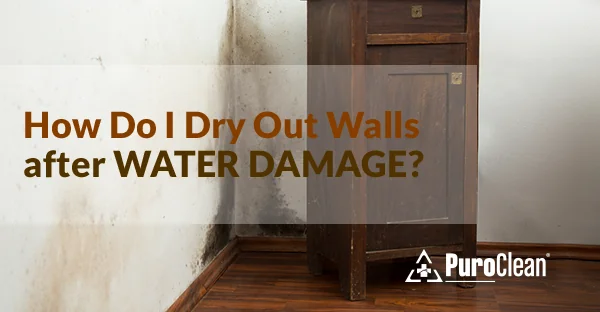Dry blown loose fill or dense pack and spray applied moisture added dry blown is an option for homeowners interested in a do it yourself diy cellulose insulation installation.
Diy damp spray cellulose insulation.
The moisture added technique requires special equipment and can only be done by trained installers.
Through hundreds of jobs we ve found that 25 moisture to 75 dry cellulose by weight is the ideal ratio.
Compared to spray foam installing damp spray cellulose is a comparatively low tech operation.
Both varieties are composed of recycled newsprint with chemical additives.
Cellulose blown in ceiling insulation is a good choice for diyers.
As you know boric acid is often prescribed for use as an eye wash.
Blown in cellulose is an environmentally friendly material made from recycled newspaper so it s easier on your skin and lungs.
Wet spray cellulose cellulose insulation is shredded plant fiber usually paper or cotton that has a fire retardant borate additive.
Wet spray and dense pack cellulose insulation is typically installed or applied in a range of densities from approximately 3 0 lbs ft3 to 4 0 lbs ft3.
If the material gets wet your homemade insulation project will transform into a homemade compost endeavor the most common product mixed with cellulose to make it fire retardant is boric acid.
This is damp spray.
In this second type moisture introduced into the spray helps the cellulose stick to the wall.
The water dampens the insulation as it is blown and moistens the sides of the cavity for good adhesion.
This is slightly different from another type of cellulose insulation which is designed to be blown onto open walls much like spray foam.
Wet spray cellulose or spray in place cellulose is cellulose sprayed into an open cavity with a mist of water.
Damp spray cellulose will shrink after it dries leaving a small gap between the cellulose and the framing members.
Cellulose insulation is installed by one of two techniques.
Dry fiber that is blown into open attics and enclosed cavities and damp fiber that is sprayed into open wall cavities.
This studyconducted by the canadian housing information centre on wet sprayed cellulose insulation in wood frame construction found the framing material can have the moisture content more than double and that it may take as long as five monthsto get the framing back to pre installation levels.
See this article for more details.
The most common type that homeowners will encounter is called loose fill cellulose insulation.
Blown in cellulose has a higher r rating and is less expensive than either blown insulation like fiberglass attic insulation or fiberglass batts.





























